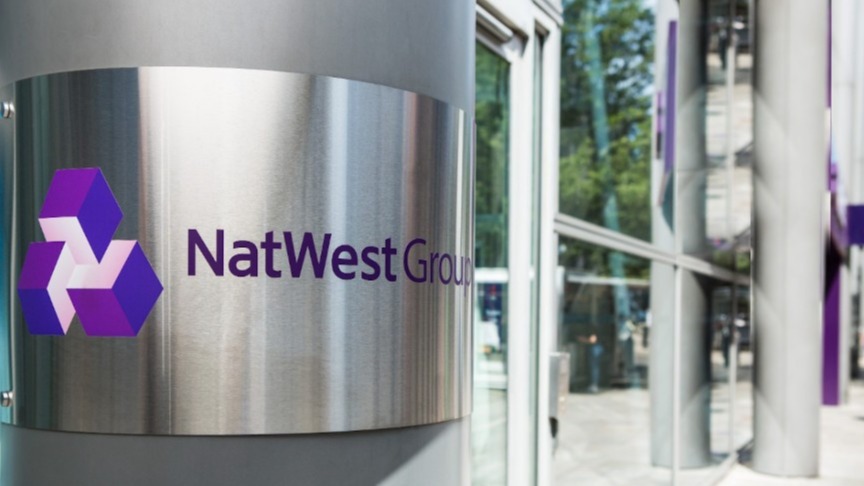Hertfordshire County Council is trialling AI technology to identify areas of roads which could benefit from maintenance to prevent problematic potholes.
The ARRES EYE, built by technology company Robotiz3d, is placed on a roof rack at the back of a vehicle and scans the road surfaces to identify potholes and cracks or areas of weakness across the network.
Defect dimensions, location, and severity level are displayed onto a remote screen in real time which the Council says helps highways engineers plan road resurfacing programmes and pothole fixes more effectively.
By identifying such small changes, such as damage caused by cold or wet weather, and tracking them over time, the Council said it will be able to identify the early warning signs of deterioration.
This technology is still in the early stages of development but if the trial is successful, it could allow councils to identify future potholes and fix them before they form.
Additionally, tracking how defects in the road are changing day to day and week to week will help highways teams decide where to send crews, what type of maintenance is required, and which routes to prioritise first.
Hertfordshire County Council added that its engineers have been collaborating closely with scientists from Robotiz3d to help refine the technology.
The technology was first tested on a short route last year, with the latest trial surveying a longer route multiple times over several months.
“We know that our residents care about roads and pavements in the county and the changeable weather we’ve had over the last few months, including excessive rainfall and long periods of colder weather, all contribute to potholes appearing and a decline in road surfaces,” said councillor Phil Bibby, executive member for highways at Hertfordshire County Council. “We know the challenge of fixing potholes will remain and we will continue to tackle this through our Highways Maintenance schemes, but we also know that prevention is better than cure – so trialling technology like this that can prevent potholes forming in the first place is also an important part of our long-term strategy.”
Latest News
-
Anthropic alleges Chinese state‑sponsored hackers used AI agents to automate espionage against 30 organisations
-
Debenhams Group adopts agentic AI tool in run up to festive season
-
Europol leads global strike on cybercrime networks
-
German court orders Google to pay €465m to price comparison platform Idealo
-
Pearson enterprise learning president says AI should focus more on soft skills and vocational training
-
Baidu unveils new foundation model Ernie 5.0
The future-ready CFO: Driving strategic growth and innovation
This National Technology News webinar sponsored by Sage will explore how CFOs can leverage their unique blend of financial acumen, technological savvy, and strategic mindset to foster cross-functional collaboration and shape overall company direction. Attendees will gain insights into breaking down operational silos, aligning goals across departments like IT, operations, HR, and marketing, and utilising technology to enable real-time data sharing and visibility.
The corporate roadmap to payment excellence: Keeping pace with emerging trends to maximise growth opportunities
In today's rapidly evolving finance and accounting landscape, one of the biggest challenges organisations face is attracting and retaining top talent. As automation and AI revolutionise the profession, finance teams require new skillsets centred on analysis, collaboration, and strategic thinking to drive sustainable competitive advantage.
© 2019 Perspective Publishing Privacy & Cookies



.jpg)

.jpeg)







Recent Stories